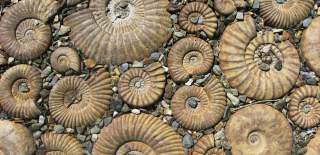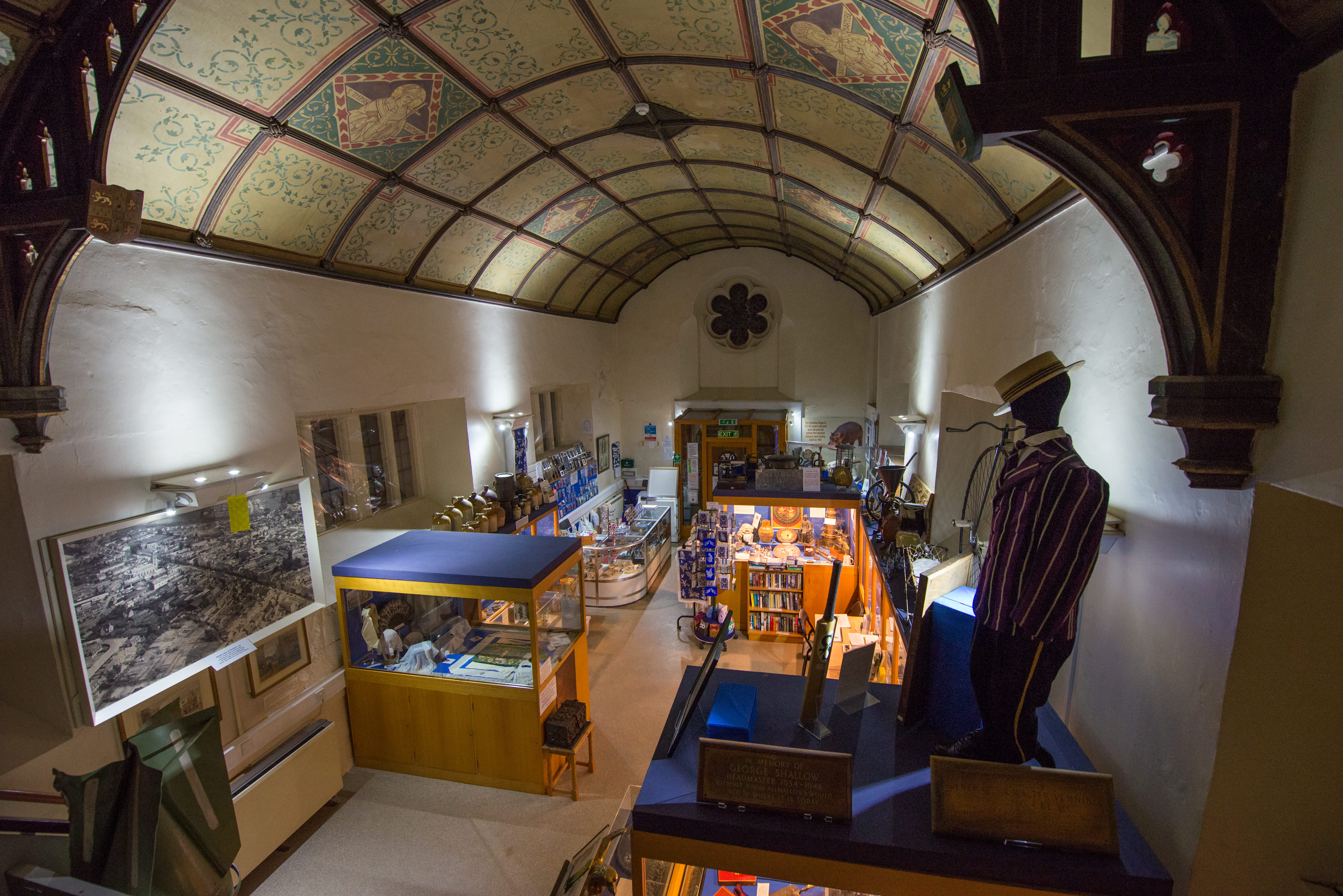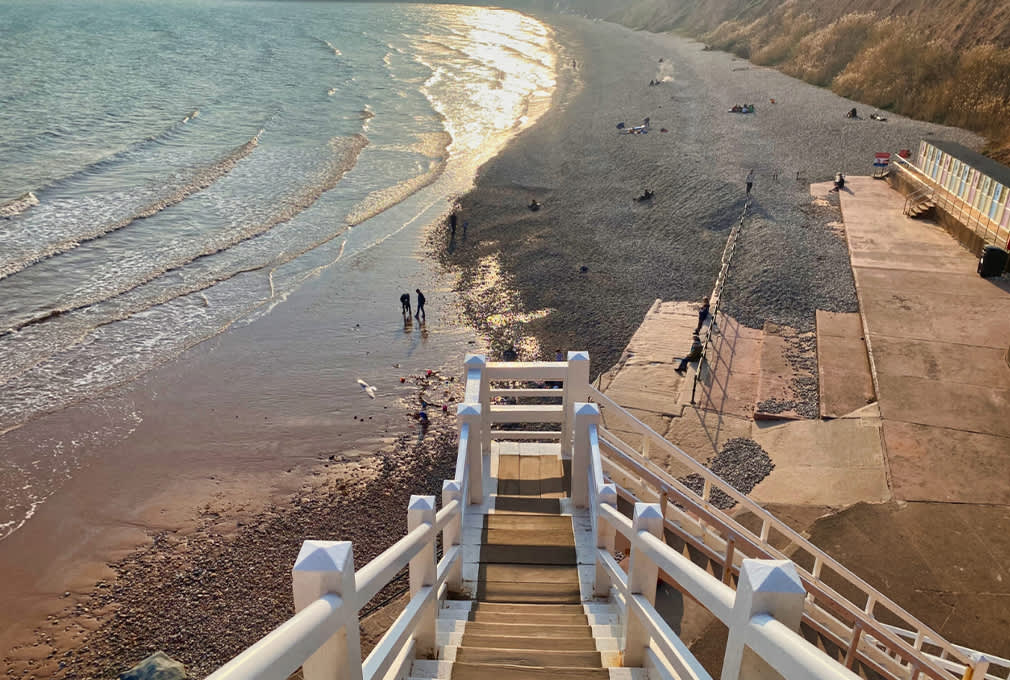The History of the Jurassic Coast
The Jurassic Coast is one of the most extraordinary stretches of coastline in the world. Labelled as a UNESCO World Heritage Site, this stunning 95-mile-long stretch of Dorset and East Devon coastline has witnessed millions of years of Earth’s history. From ancient seas and prehistoric creatures to stunning geological formations, the Jurassic Coast tells a captivating tale of our planet’s distant past.
A Glimpse Into Prehistory
The story of the Jurassic Coast began around 250 million years ago, when the Earth was a very different place. The landscape was shaped by the forces of nature, including dramatic shifts in the Earth’s crust and the rise and fall of ancient seas. Over time, these changes created layers upon layers of rock, each containing fossils and clues about life long gone.
The term “Jurassic” comes from the Jurassic Period, which spanned from 201 to 145 million years ago. This was the age of the dinosaurs, and the Jurassic Coast is rich with fossil evidence of these ancient creatures. From the massive footprints of predatory dinosaurs to the delicate bones of prehistoric marine reptiles, this coastline is a window into a prehistoric world.
Ancient Seas and the Rise of Life
The Jurassic Coast has been under the sea at various points in history. As the seas flooded and retreated, they left behind evidence of marine life, such as ammonites, belemnites, and marine reptiles. These fossils can still be found today, and fossil hunting along the coast is a popular activity for visitors looking to step back in time.
The oldest rocks in the Jurassic Coast, dating back to the Triassic Period (around 250-200 million years ago), are found at the western end of the coast near Lyme Regis. As you travel eastward, the landscape evolves, revealing a striking variety of rocks and formations that span the Triassic, Jurassic, and Cretaceous periods.
Key Geological Features
The Jurassic Coast is renowned for its geological diversity, and several key sites stand out:
- Lyme Regis: Known as the "Pearl of Dorset," Lyme Regis is a fossil hunter’s paradise. The famous "Ammonite Pavement" and "Blue Lias" rocks have yielded some of the world’s most significant fossil discoveries.
- Durdle Door: Perhaps the most iconic landmark of the Jurassic Coast, this natural limestone arch is a product of millions of years of erosion. Its distinctive shape makes it a must-see for anyone visiting the area.
- Old Harry Rocks: These striking chalk sea stacks mark the easternmost point of the Jurassic Coast. Once part of a larger chalk formation, they were gradually separated by the erosive power of the sea.
- Lulworth Cove: A stunning example of coastal erosion, Lulworth Cove has been shaped by the forces of water over thousands of years. Its horseshoe-shaped beach and turquoise waters make it one of the most photographed spots along the coast.
Fossils of the Jurassic Coast
The Jurassic Coast is one of the richest fossil sites in the world, and its fossils have provided a wealth of information about ancient life. The coast was once home to giant marine reptiles like ichthyosaurs and plesiosaurs, as well as towering dinosaurs such as the mighty Brachiosaurus.
Fossil hunters can explore the cliffs and beaches to discover remnants of this ancient world. Many of the fossils found along the coast are ammonites, the spiral-shaped shells of ancient marine mollusks, but you can also find bones, teeth, and footprints of long-extinct creatures.
A Living History
Today, the Jurassic Coast continues to evolve. Coastal erosion constantly reshapes the landscape, revealing new fossils and geological features. This ongoing process means that there is always something new to discover, and every visit offers a chance to witness the past being uncovered in real time.
The Jurassic Coast is not just a place of historical interest; it is a living, breathing testament to the power of nature and the passage of time. Whether you're a geology enthusiast, a fossil hunter, or simply someone who enjoys breathtaking views, the Jurassic Coast offers something for everyone.
From the footprints of dinosaurs to the waves that crash against its cliffs, the Jurassic Coast is a natural treasure trove of history and beauty. It’s a place where the past meets the present, and every rock, fossil, and landmark tells a story of Earth’s distant past.
Come and explore this awe-inspiring coastline – a journey through time awaits!
Explore more of East Devon's history...
History & Heritage
Whether you're a history buff, a curious visitor, or simply someone who loves exploring places with a story to tell, East Devon offers a unique journey through time.
Hidden Gems
From secluded beaches to ancient caves, peaceful nature reserves to fascinating heritage sites, East Devon offers curious explorers a chance to experience the county’s most captivating corners.



